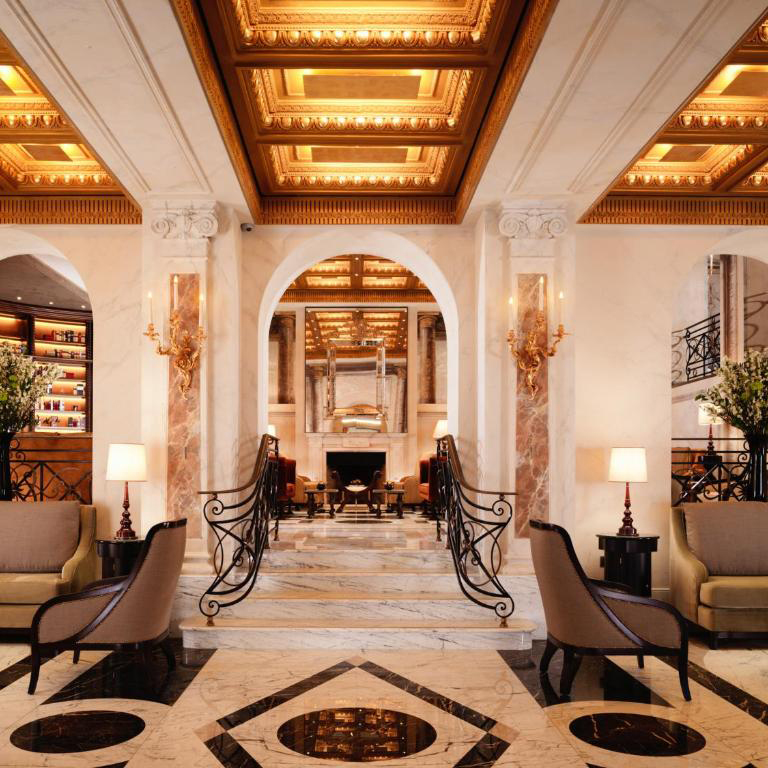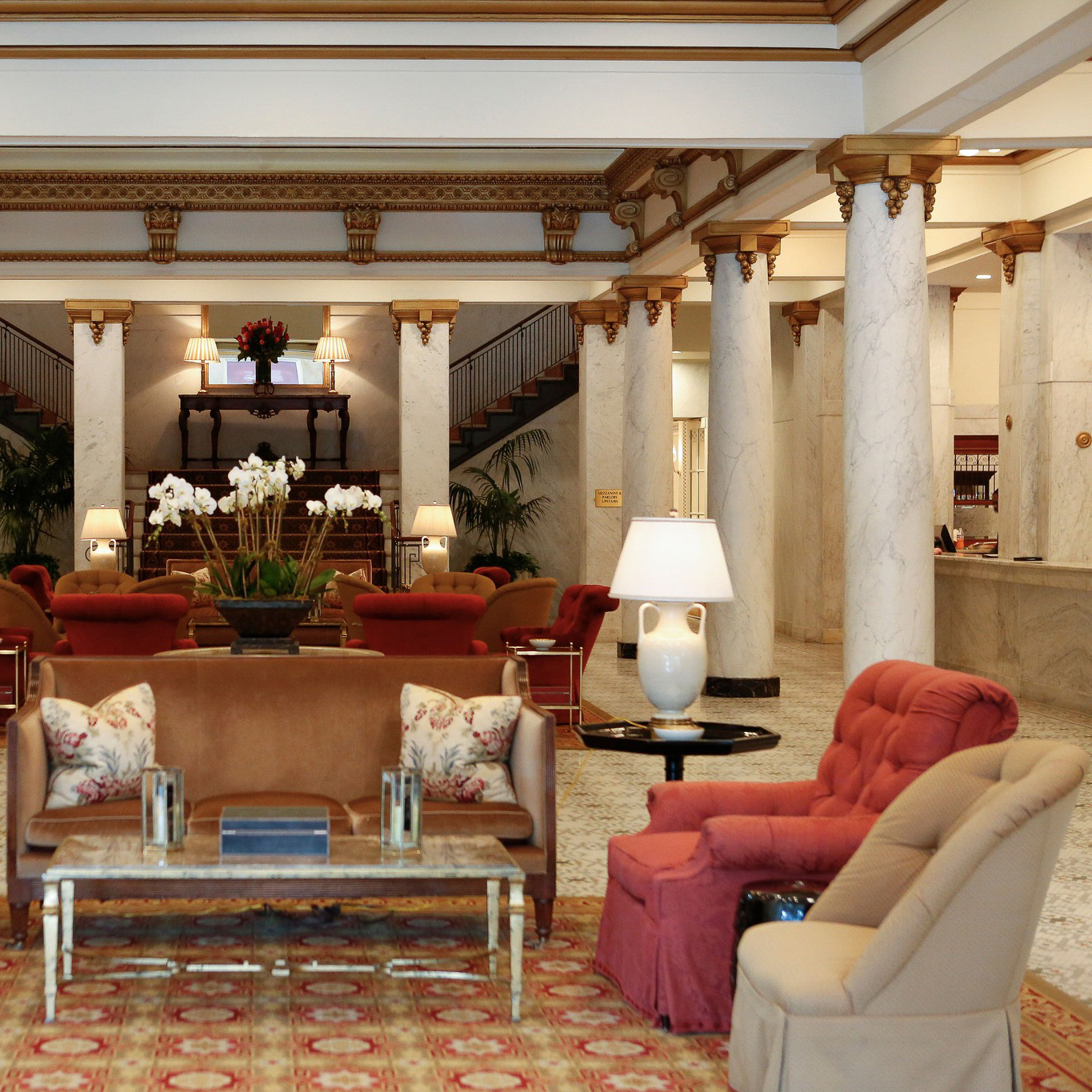Venetian plaster
Venetian plaster has a long history. It appeared first in the epoch of the Renaissance in the Italian region of Veneto. The technique reflected the glamour life featured in Venice (the capital of the Veneto region). It made the buildings more sophisticated and elegant and the price was quite affordable compared to the use of natural marble, which is why Venetian plaster was the coating number one for the decoration of palaces, temples and other architectural objects.
Cera Lavabile
Decorative wax for venetian stucco
Stucco veneziano
Decorative coating with the effect of marble
The flourishing period of Stucco Venetiano was in XV-XVII centuries. Though "the golden age" of Venetian plaster has been over, this method of decoration remains popular and has become a classic of design.
Hotel Eden, Rome, Italy

No doubt, Italy remains the center of Venetian plaster usage. Its popularity spreads far across the borders of big cities, that's why this coating can be seen in traditional rural regions.
Bright apartments in the province of Bergamo, Italy.

The citizens of other European countries are also interested in Venetian plaster, There is a notable tendency to use Venetian plaster for elite living and commercial objects in the United Kingdom. The same situation is in Spain and Ukraine, where the plaster has become an element of luxury design and elegant interior of cities.
Hotel Four Seasons, Madrid, Spain

In the period of active development of the constructive industry in the United Arabian Emirates Stucco Veneziano began to be used for the decoration of top-class premises and hotels.
Hotel Four Seasons Resort on the Jumeirah Beach, Dubai

The same finishing of hotels, premium class objects and luxury cottages in the USA,
The Capital Hotel, Little Rock, Arkansas, The USA

Types of venetian plaster
They differentiate several types of Venetian plaster. They differ in materials, techniques of application and effects.
- Veneziano
The most widely used type of Venetian plaster, It is characterized as a smooth, glossy surface and a high level of polishing. Veneziano is often used to create the effect of deep and multifaceted color.
- Marmorino
Marmorino creates the matt effect on the surface. It is recognizable by its uneven surface and textured elements, which make Marmorino more organic.
- Tadelakt
Tadelakt is a traditional Moroccan technique of wall finishing, which creates a water-resistant and smooth surface, which has a natural marble look. Due to its water-resistant properties, Tadelakt is used in a bathroom, a shower cabinet, a kitchen and other rooms with abnormal humidity. This technique was invented and improved in Morocco and is used in many Arabian countries.
- Stucco Lustro
Stucco Lustro is a type of decorative plaster, which is remarkable by its high gloss and mirror effect on the surface. The plaster is applied with thin and even coats, then the surface is polished to receive a very glossy surface. The gloss shall look like the surface is coated with a varnish.
Stucco Lustro is also famous for its resistant surface, which looks attractive for a long period.

Why is Venetian plaster so popular?
There is no secret in the popularity of Venetian plaster. Its luxury and sophisticated look attracts everyone. A deep gloss, effect of color play and smooth surface create impressive visual effects in the premise.
Venetian plaster obtains the ability to widen the space and its color rate is not limited by one color.
Venetian plaster can be an element of classic design and also add some features to the modern interiors. So, if you want to transform the space, add it esthetic and chick look, then choose Venetian plaster.

- 25.01.2024


